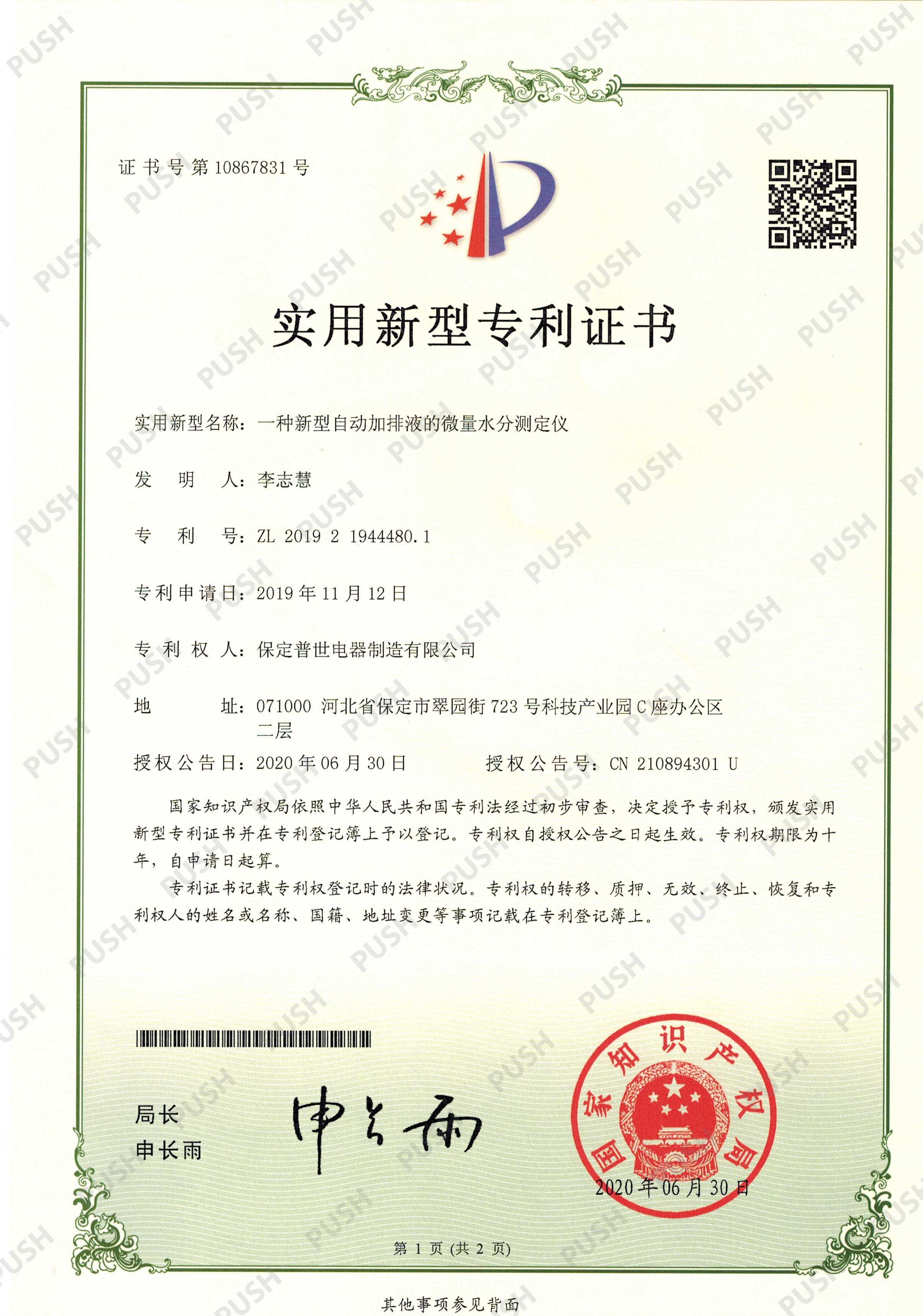 English
English


Understanding Generator Rated Current and Its Impact on Performance and Efficiency
Understanding Generator Rated Current
In the realm of electrical engineering and power generation, the term generator rated current plays a crucial role in determining the efficiency, safety, and operational capability of electrical generators. Understanding this concept is vital for engineers, operators, and anyone involved in the power generation industry.
What is Generator Rated Current?
The rated current of a generator refers to the maximum amount of electrical current that the generator is designed to supply continuously under specific conditions. This value is typically indicated in amperes (A) and is a key parameter in selecting and operating generators. The rated current is determined based on the generator’s design, including factors such as the type of winding, the cooling mechanisms employed, and the overall efficiency of the machine.
Importance of Rated Current
The rated current is foundational for several reasons
1. Load Management Understanding the rated current helps in managing the load that the generator can handle. Exceeding this rated current can lead to overheating, potential damage to the generator, and ultimately, catastrophic failures. It is crucial for operators to ensure that loads remain within the generator’s rated current to maintain performance and longevity.
2. Safety Considerations The rated current is also critical for safety. Generators typically come equipped with overcurrent protection devices. These devices are calibrated based on the rated current to prevent electrical hazards such as short circuits or overload conditions, which could pose dangers to both the equipment and personnel.
3. Energy Efficiency Operating a generator close to its rated current can ensure optimal performance. Generators running under or over their rated capacity can experience inefficiencies, affecting energy conversion rates and leading to increased fuel consumption. This inefficiency not only raises operational costs but also impacts the environment by contributing to higher emissions.
generator rated current

4. System Integration In grid connections, knowing the rated current of the generator is essential for designing systems that interconnect multiple generators. This information helps in circuit breaker selection, transformer sizing, and protection scheme design, ensuring a reliable and resilient electrical grid.
Factors Influencing Rated Current
Several factors can influence the rated current of a generator
- Temperature The ambient temperature at which a generator operates can affect its rated current. Higher temperatures can lead to reduced efficiency and a lower allowed current due to increased resistance in electrical components.
- Altitude Generators operating at high altitudes may also have a reduced rated current due to thinner air and variations in cooling performance, which can affect the generator’s ability to dissipate heat.
- Voltage Rated current is also related to the voltage output of the generator. Higher voltage systems will carry lower currents for the same power output, which can affect the design and selection of equipment.
Conclusion
In conclusion, understanding generator rated current is essential for anyone involved in power generation. This fundamental parameter governs the operational limits and safety measures of generators. By adhering to the rated current, operators can ensure efficient, safe, and reliable performance of generators, thereby maximizing their lifespan and utility. As technology continues to evolve and new generations of generators are developed, continuous education and awareness of such critical factors will remain paramount in the field of electrical engineering and power systems.
-
Differences between open cup flash point tester and closed cup flash point testerNewsOct.31,2024
-
The Reliable Load Tap ChangerNewsOct.23,2024
-
The Essential Guide to Hipot TestersNewsOct.23,2024
-
The Digital Insulation TesterNewsOct.23,2024
-
The Best Earth Loop Impedance Tester for SaleNewsOct.23,2024
-
Tan Delta Tester--The Essential Tool for Electrical Insulation TestingNewsOct.23,2024





